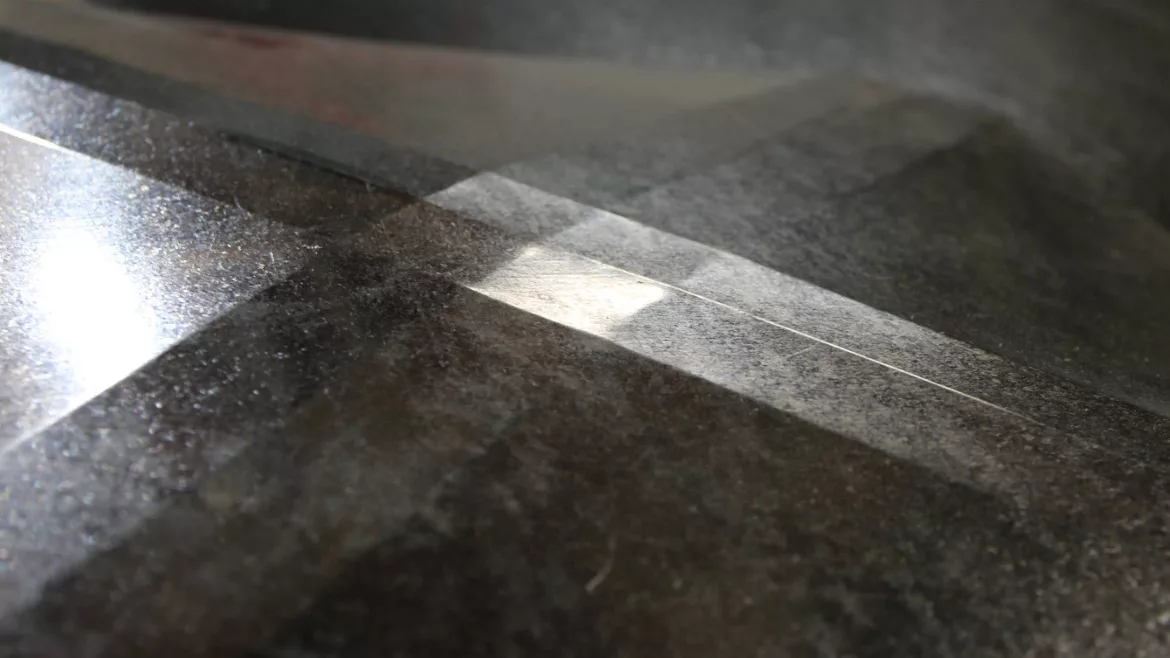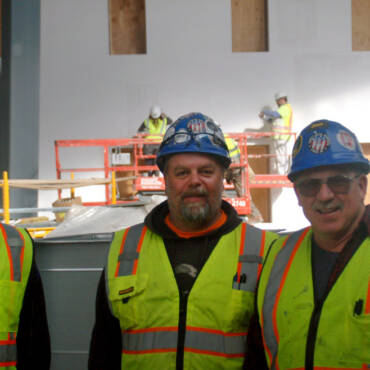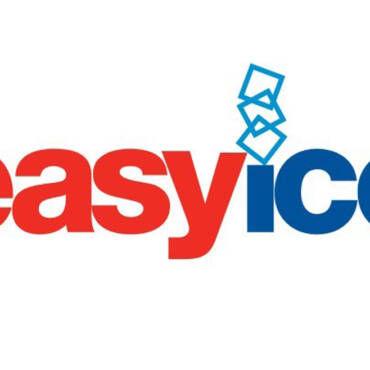One minute, federal tax credits are fueling a boom in sheet metal and HVAC projects – the next, the rug gets yanked out, leaving contractors scrambling as billions in work evaporate overnight. It’s a roller coaster that’s upending bids, hiring, and investment plans across the industry.
Tax credits have always been a double-edged sword: they can kickstart massive projects, but thanks to political gamesmanship and “extender” brinkmanship, they’re as likely to disappear as they are to endure. “We keep hearing about this project being stalled or canceled … every day or every week,” said Michael Coleman, general president of the Sheet Metal Workers’ International Association (SMART), who counts nearly $24 billion in federal clean energy project cancellations in 2025 alone, with as many as 21,000 union construction and manufacturing jobs lost so far.
Tax credits have become a pivotal, yet complicated, factor shaping the construction and manufacturing landscape today – especially for sheet metal and HVAC contractors navigating a shifting policy environment saturated with uncertainty. At its core, the U.S. system leans heavily on specific tax credits and “extenders” rather than straightforward capital expensing common in other countries. As Sheet Metal and Air Conditioning Contractors’ National Association (SMACNA) CEO Aaron Hilger explained, “Tax credits let Congress reward or punish industries. Other countries simply let you expense your capital immediately. Here, we pull levers suited for political – and budgetary – games.” This politicization adds complexity and unpredictability for businesses trying to plan investments.
The Investment Tax Credit (ITC) stands out as a critical linchpin, particularly for major industrial projects like semiconductor fabrication plants. SMACNA’s Executive Director of Government and Political Affairs, Stan Kolbe, underscored the ITC’s centrality: Taiwan Semiconductor’s $100 billion fab expansions are “100% contingent on the investment tax credit.” Without it, “the economics of these enormous builds simply don’t work as well,” and project timelines stall or stretch indefinitely. Yet these credits often exist as temporary, periodically renewed provisions, creating a stop–start cycle that clouds the investment climate and forces companies to weigh risks carefully. “And then there is the ever-present policy and political uncertainty few appreciate when attempting to estimate or calculate ROI,” Kolbe said, noting how complex passing on higher prices to the customer is in practice.
For contractors and manufacturers, it’s critical to make a distinction between which federal-backed projects are truly insulated from political reversals – and which are not. CHIPS Act–funded semiconductor and data center megaprojects are widely seen as far more “bulletproof,” thanks to entrenched bipartisan support and tax code provisions Congress has reaffirmed even in turbulent times. As Kolbe described, these projects are “the only big investment and jobs game in town,” and federal leaders “said there’s no appetite to repeal that in this economy.” For the foreseeable future, fab work tied to the CHIPS Act remains steady as the U.S. seeks to continue the effort of expedited chips production, initiated midway through President Biden’s term.
By contrast, much of the clean energy and EV battery plant growth spurred by the Inflation Reduction Act (IRA) has recently come under threat. The sudden loss or reduction of IRA-funded incentives – compounded by abrupt DOE grant cancellations – has thrown hydrogen, battery, and clean tech projects into “uncertainty, chaos and in some cases, policy reverse.”
This scale of disruption underscores the precariousness of megaproject pipelines outside of areas like CHIPS-funded semiconductor fabs, which remain largely shielded by bipartisan support and secure tax incentives. While chip-related work is solid and growing for now, many contractors tied to other federally supported projects face heightened uncertainty as the political landscape reshapes funding priorities.
For battery plants and related clean energy manufacturing, federal support like the Advanced Manufacturing Production Credit (AMPC, Section 45X) and IRA incentives are also critical. However, these credits have faced setbacks like delayed and highly restrictive IRS guidance or scaling back in scope, causing uncertainty and slower ramp-up for batteries compared to chips.
Beyond semiconductors, the reach and reliability of tax credits ripple through smaller residential programs as well. Incentives for energy efficiency improvements – heat pump rebates, for example – initially surged with robust federal support but later slowed or scaled back unevenly. Kolbe described the residential retrofit and rebate program as “innovative and a market maker for home owners and contractors, but the rollout was slow and sometimes uncertain and slow to win over the industry.” While this eventually changed, some contractors were left unsure whether rebate checks would clear. The patchwork of state-level programs that followed has increased confusion on the ground, dampening broader technology adoption. By the time the program soared in popularity in many states, the new administration targeted it for elimination.
This fraught environment leaves contractors, the key element to program implementation, craving consistency and fairness. Kolbe put it plainly: “Contractors are happy to promote efficiency and install high-efficiency equipment but need to be able to understand and play by consistent rules. If you tell me to buy American steel, great. As long as everyone plays by the same rules and pricing is transparent, the industry functions well.” That clarity is especially vital as tax credits continue to shape project volume, schedules, and scope amid a turbulent political and economic landscape.
The challenges and opportunities tied to tax credits are far from abstract. They ripple through every project, impacting materials procurement, labor demand, and overall industry momentum. Denise Murphy McGraw, SMACNA’s Special Assistant for Political Affairs, emphasized the importance of active contractor-to-legislator engagement: “Our PAC is growing in real dollars and numbers of members active in it.” Local involvement in policy advocacy – from joining chapter political efforts to influencing state and city policies – is critical to building the influence necessary to stabilize incentives. In good news, under recent IRS guidance for taxable years beginning in 2026, the applicable dollar amount for the maximum allowance of the energy deduction is $0.59 — a four-cent increase from the 2025 amount of $0.55. This figure increases – but not above $1.19 – by $0.02 for each percentage point by which a building’s certified annual energy and power costs are reduced by more than 25 percent.
In this volatile landscape, Kolbe concluded: “You have to be in the room where policy is developed and legislating happens to be sure key decisions are made with contractors in mind, because the Capitol Hill chaos isn’t going away anytime soon.” For sheet metal and HVAC professionals, staying informed and involved is essential.
Whether you require installation, repair, or maintenance, our technicians will assist you with top-quality service at any time of the day or night. Take comfort in knowing your indoor air quality is the best it can be with MOE heating & cooling services Ontario's solution for heating, air conditioning, and ventilation that’s cooler than the rest.
Contact us to schedule a visit. Our qualified team of technicians, are always ready to help you and guide you for heating and cooling issues. Weather you want to replace an old furnace or install a brand new air conditioner, we are here to help you. Our main office is at Kitchener but we can service most of Ontario's cities
Source link



